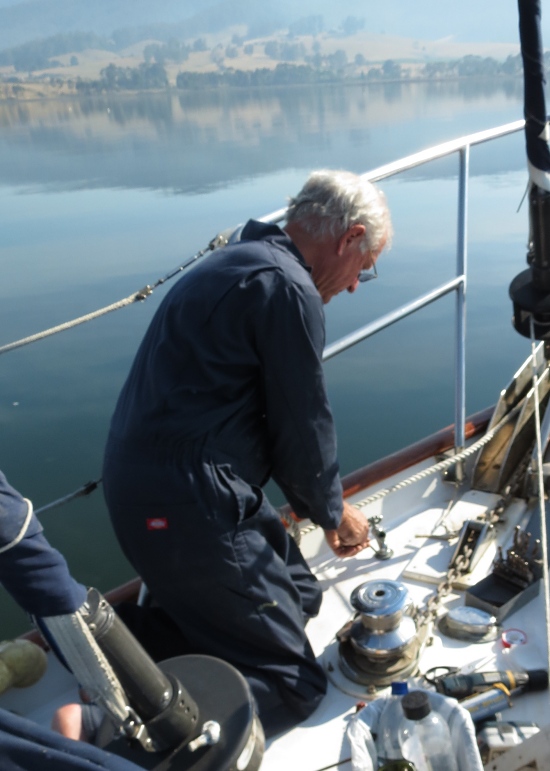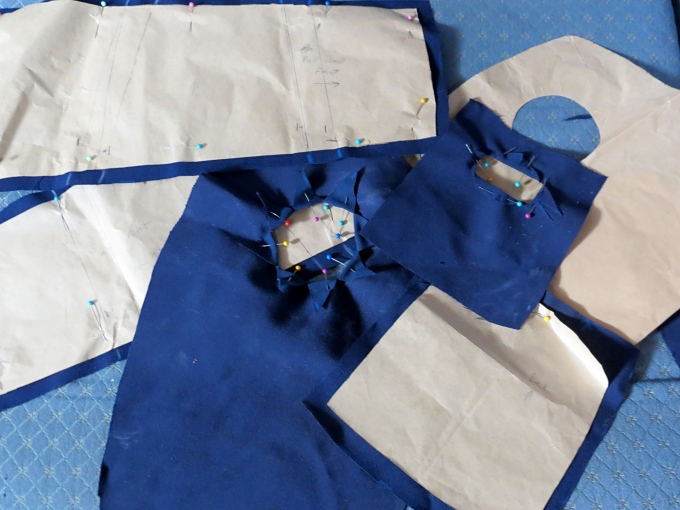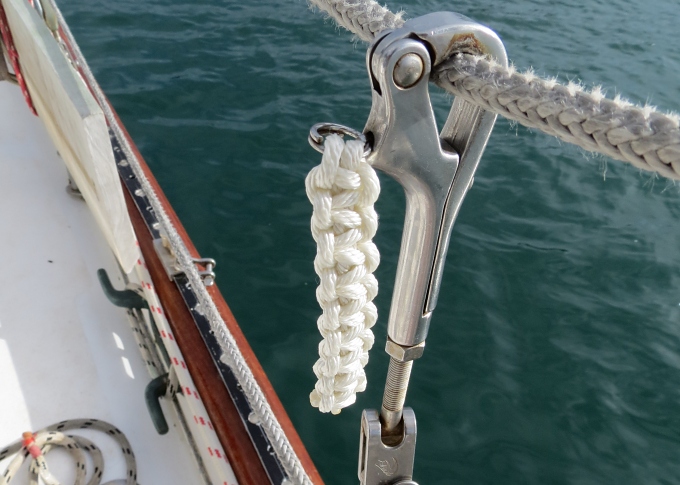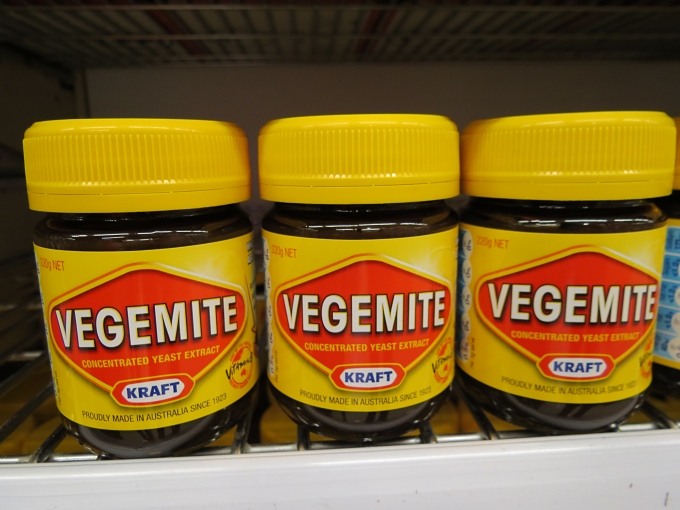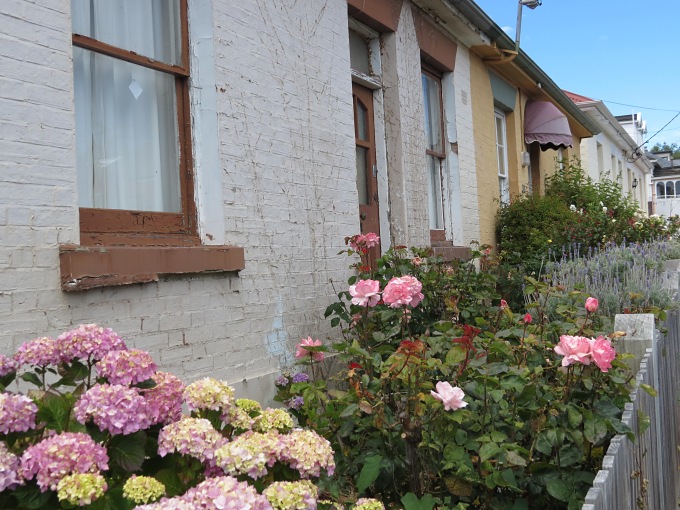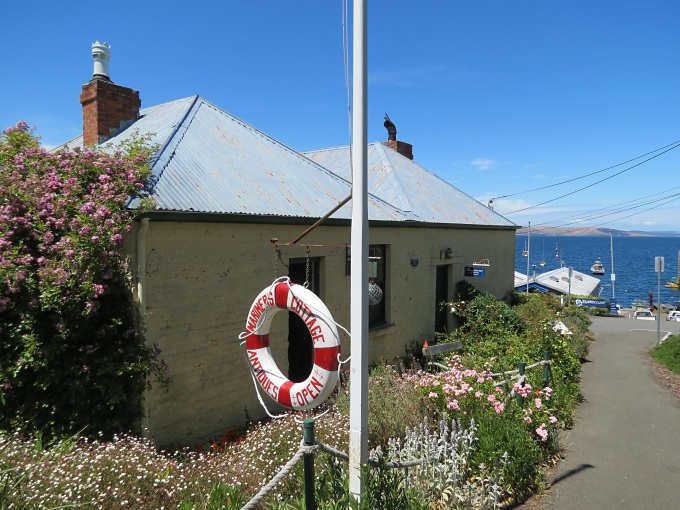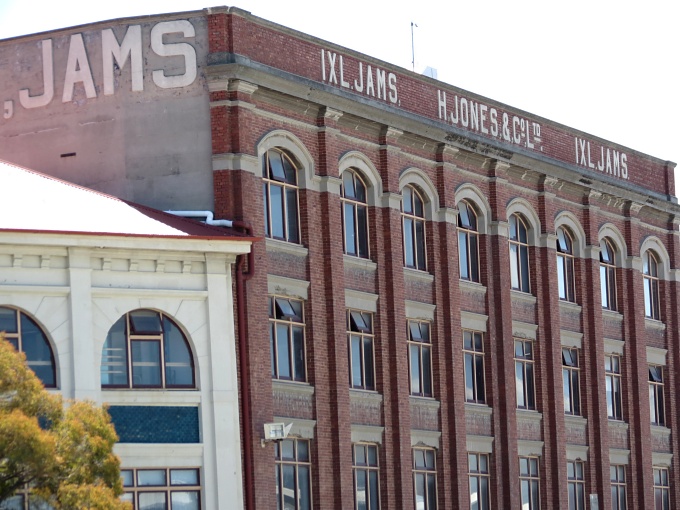Catching Up on Boat Chores
/Just so you don't think we've only been playing and have forgotten our boat chores, I thought I'd catch you up a bit. The list, though manageable, changes daily with what we can manage to fix versus what breaks. The list is, of course, always longer than the time available or allotted.
As you'll remember, when we were leaving Kettering, a minor accident knocked out the deck washdown faucet leaving a hole on the foredeck where the faucet should be. David has re-installed the faucet and repaired the deck area. While rooting around in the chain locker, however, he found that the chain pipe needs replacing … a job that will wait for Adelaide. The head problem which occurred on the same day as the faucet decapitation, was a minor adjustment and all is well in that department … thank goodness, we hate head problems (on the boat or on the body).
The new outboard engine has been broken in. David wants a new cover for it to protect it from the UV and salt. We had one for the old engine, but he's looking for a new design that incorporates a lifting harness, so that the cover can remain in place all the time.
He's made a pattern and I've gotten as far as pinning and cutting it out. It's on the to-do list for when we have power to run the sewing machine. I'll do a “how-to” blog in the future on constructing the outboard cover. It looks like it'll be a clever, convenient design and pretty easy to sew.
Jacklines had been removed when we left Cups last winter and now they've been re-installed. We make these ourselves out of webbing and buckles purchased from Sailrite. We replace them about every two years and use the old jacklines as hoists for homemade courtesy flags as well as retaining straps for on-deck fuel jugs. David also replaced the lanyards on the lifeline gate pelican hooks which were worn and frayed.
David's been working on some dinghy repairs. The velcro straps which hold the oars in place have failed. How does velcro fail, you ask? It doesn't adhere to itself any more. How does this happen? UV, salt water? We have no idea. We just know the velcro's not working any more and it's a pain. It's not easy to resew new strips of velcro on because they're attached to Hypalon rubber straps which cannot be removed. He's working on installing some twist-locks which we hope will do the trick. There's also a pesky leak in the dinghy which he's trying to track down. It's small, but bothersome.
The last batch of beer has aged its two weeks and we've begun drinking it. After all those chores, we needed some refreshment.
---------------------------------------------------------------------------------------------------------------------------------------------------------
Days and Ways to Celebrate
A daily list of mostly obscure holidays and fun ways to celebrate them.
Puzzle Day
Crossword, jigsaw, logic, mathematical, Sudoku, anagrams, word searches, ciphers, Rubik's cube...Pick your favorite and have a go


